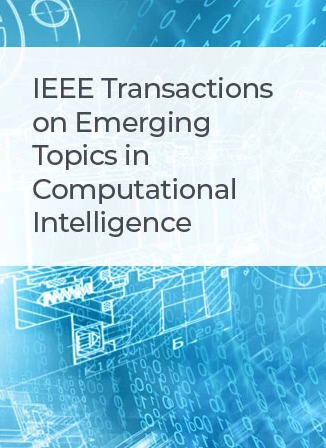A Survey of Multimodal Fake News Detection: A Cross-Modal Interaction Perspective
IF 5.3
3区 计算机科学
Q1 COMPUTER SCIENCE, ARTIFICIAL INTELLIGENCE
IEEE Transactions on Emerging Topics in Computational Intelligence
Pub Date : 2025-04-09
DOI:10.1109/TETCI.2025.3543389
引用次数: 0
Abstract
The growth of social media platforms has made it easier for fake news to spread, which poses a significant threat to authoritative news outlets, politics, and public health. Manual verification of the massive amount of online information has proven to be a daunting task, which has led to the growing interest in automatic fake news detection. Some methods that rely on news text, images, external knowledge, social contexts, or propagation graphs have demonstrated good performance. In contrast to earlier studies that focused solely on the unimodal news textual information, recent works have integrated multimodal features from various granularities, such as words, visual semantic regions, and multimodal entities, to more effectively leverage news content and align with human reading habits. However, a comprehensive review of Multimodal Fake News Detection (MFND) is still lacking, prompting our aim to complement this topic. Specifically, we present a systematic taxonomy from the perspective of cross-modal interactions. We categorize existing methods into the data-based, entity-based, and knowledge-based approaches. Connections between various works are detailed when outlining representative papers. Additionally, we introduce prevalent multimodal learning methods, present accessible MFND datasets and evaluation metrics, and analyze current research results. Finally, the promising future research directions are discussed.多模态假新闻检测研究:跨模态交互视角
社交媒体平台的发展使假新闻更容易传播,这对权威新闻媒体、政治和公共卫生构成了重大威胁。事实证明,对大量在线信息进行人工验证是一项艰巨的任务,这导致人们对自动检测假新闻的兴趣日益浓厚。一些依赖于新闻文本、图像、外部知识、社会背景或传播图的方法表现出了良好的性能。与早期研究仅关注单模态新闻文本信息不同,最近的研究整合了来自不同粒度的多模态特征,如单词、视觉语义区域和多模态实体,以更有效地利用新闻内容并与人类阅读习惯保持一致。然而,对多模式假新闻检测(MFND)的全面审查仍然缺乏,这促使我们的目标是补充这一主题。具体来说,我们从跨模态相互作用的角度提出了一个系统的分类法。我们将现有的方法分为基于数据、基于实体和基于知识的方法。在概述代表性论文时,详细介绍了各作品之间的联系。此外,我们介绍了流行的多模态学习方法,提供了可访问的MFND数据集和评估指标,并分析了当前的研究成果。最后,对未来的研究方向进行了展望。
本文章由计算机程序翻译,如有差异,请以英文原文为准。
求助全文
约1分钟内获得全文
求助全文
来源期刊

IEEE Transactions on Emerging Topics in Computational Intelligence
Mathematics-Control and Optimization
CiteScore
10.30
自引率
7.50%
发文量
147
期刊介绍:
The IEEE Transactions on Emerging Topics in Computational Intelligence (TETCI) publishes original articles on emerging aspects of computational intelligence, including theory, applications, and surveys.
TETCI is an electronics only publication. TETCI publishes six issues per year.
Authors are encouraged to submit manuscripts in any emerging topic in computational intelligence, especially nature-inspired computing topics not covered by other IEEE Computational Intelligence Society journals. A few such illustrative examples are glial cell networks, computational neuroscience, Brain Computer Interface, ambient intelligence, non-fuzzy computing with words, artificial life, cultural learning, artificial endocrine networks, social reasoning, artificial hormone networks, computational intelligence for the IoT and Smart-X technologies.
 求助内容:
求助内容: 应助结果提醒方式:
应助结果提醒方式:


